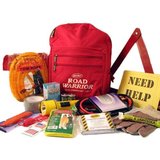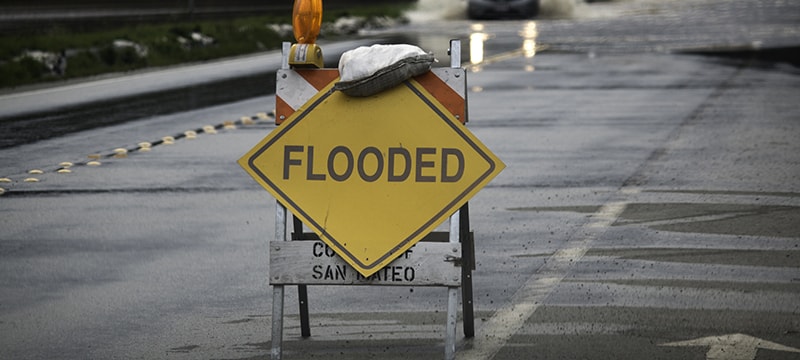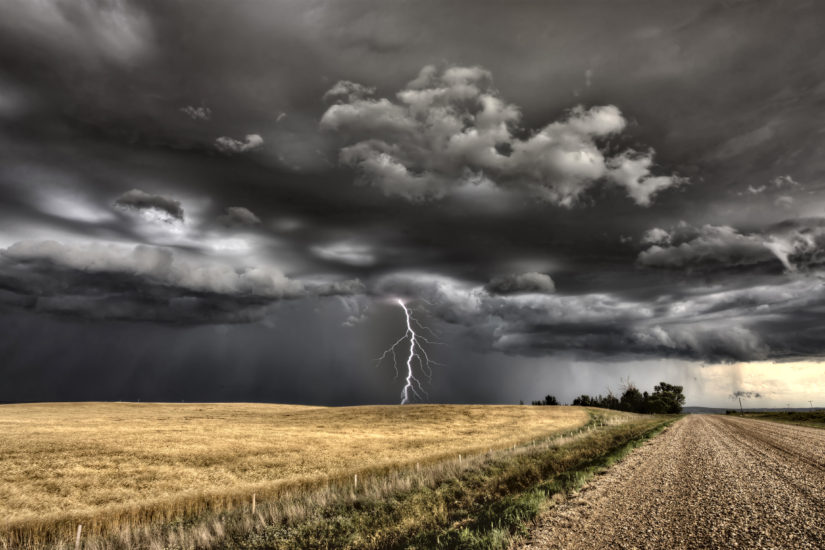As winter ends and spring begins, the first thing to go is the snow. With how the weather likes to work up here in the Mid-West, you must be prepared for the sudden appearance of water. Not to mention spring and summer showers that can seem unpredictable. But don’t worry. Acme Tools has a list to help you alleviate these problems and has prepared you in case a flash flood happens.
Here are the 10 Tips to help prepare for a flood in the future:
- Have a Plan: Broken down into two steps.
- First, know your risk. Are you in a flood danger zone? Are you close to a body of water? Does your house have cracks and/or leaks that can let water in?
- Establish an evacuation route. Do this to avoid flooded areas and places with high traffic.
- Have a Flood Kit or Emergency Kit prepared. It should include a first aid kit, flashlights, a portable radio, extra batteries, a multi-tool, a whistle, and duct tape.
- Waterproof your basement. Check your basement for leaks and cracks in its foundation and windows that peek out. Make sure to also check all window sills for cracks and leaks.
 Have a Generator and Sump Pump. When the rain comes down, it pours! Having a pump ready and waiting will help keep any windows underground safe and dry, not to mention your basement. A generator will help supply it with energy if the power goes out.
Have a Generator and Sump Pump. When the rain comes down, it pours! Having a pump ready and waiting will help keep any windows underground safe and dry, not to mention your basement. A generator will help supply it with energy if the power goes out.- Install Water Alarms. This is self-explanatory, but if water comes through your sealed fortress, you must know immediately! Placing water alarms next to your pumps and areas where water might seep in will be detrimental to reacting in time.
- Clear Debris From Gutters and Downspouts. This is a seasonal chore but an important one. Especially after a long winter, you must ensure that all the gunk, junk, and debris is out. If not, this can cause significant damage to your house. If water can go down the drain, it will leak over the gutter, causing wood damage to your roof and walls. If your downspout is blocked, it can cause damage to your wall as well as your foundation.
When You Know a Flood is Coming…
Now that we have discussed what we can do to prepare for the storm let’s discuss what we can do when the storm arrives.
- Move Valuables, Furniture, and Important Documents. This is for those with essential things in their basement that can’t afford to lose. If you have the time, move the couch, but make sure that any needed records are safe and tucked away first. Even better, make copies if you can.
- Have at least a three-day supply of Food and Water. Stock up on food and water; you never know how long you’ll be at home. Make sure that the food you get doesn’t require refrigeration. Grab canned food, non-perishables, and maybe a few bars if possible.
These last two tips vary depending on whether you stay home or evacuate. Knowing both isn’t a bad idea; sometimes plans change as the situation worsens or worsens.
- If you are Evacuating. TURN OFF EVERYTHING! This means power, gas, and water. You don’t want to come home to danger. Gas is leaking, power outlets are still producing electricity, and your water supply is contaminated with debris and who-knows-what. Be safe and worry about the bill later.
- If you are Staying, FILL UP YOUR SINKS AND TUBS WITH WATER! The same principle applies to buying three days’ worth of water. You don’t know how long you’ll be stuck, and you don’t know if the water in the pipes during or after the storm is clean. To be safe, have some drawn out before the storm so that you know it’s good to use.

Final Thoughts
Acme Tools offers a roadside assistance emergency kit with similar tools if you need to purchase more of this material at once. However, it is still recommended that you buy the items on the above lists that are not included in the kit. Stay safe and look out for one another in dangerous situations.




